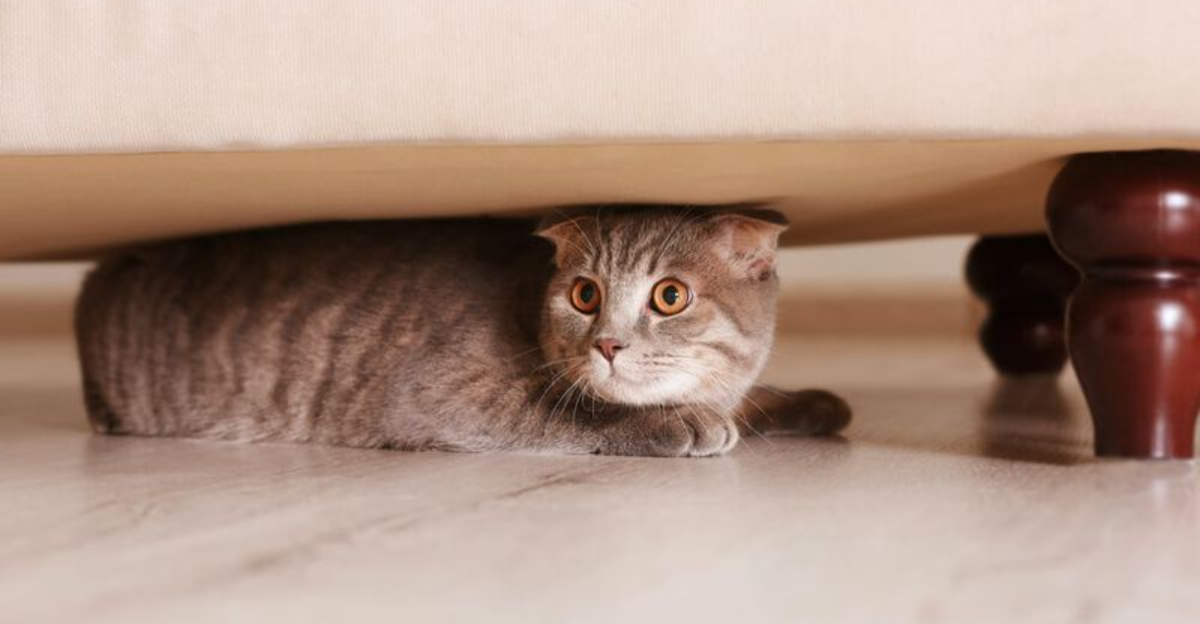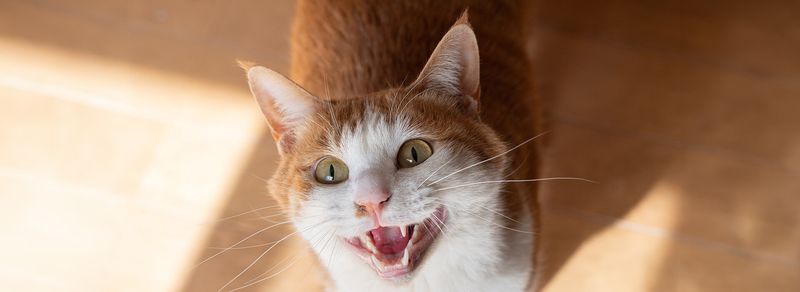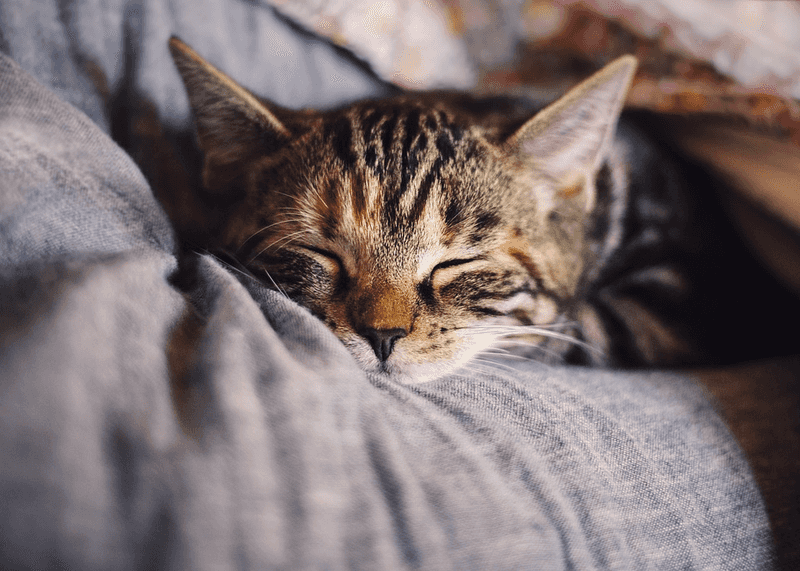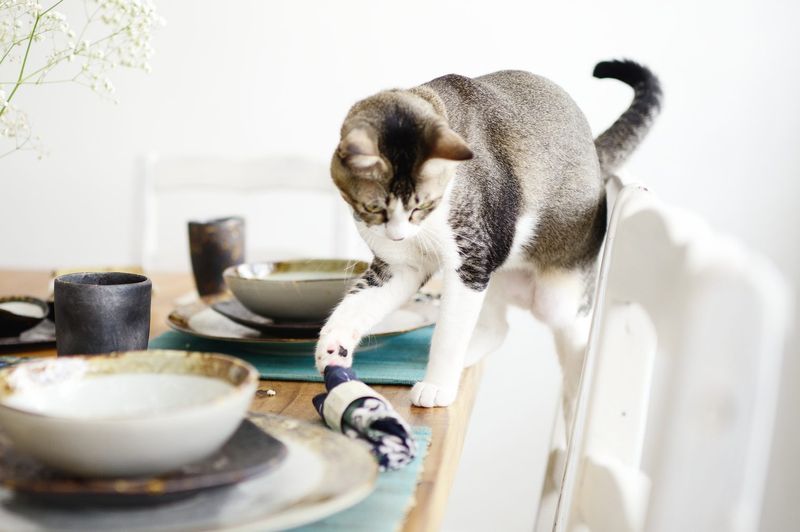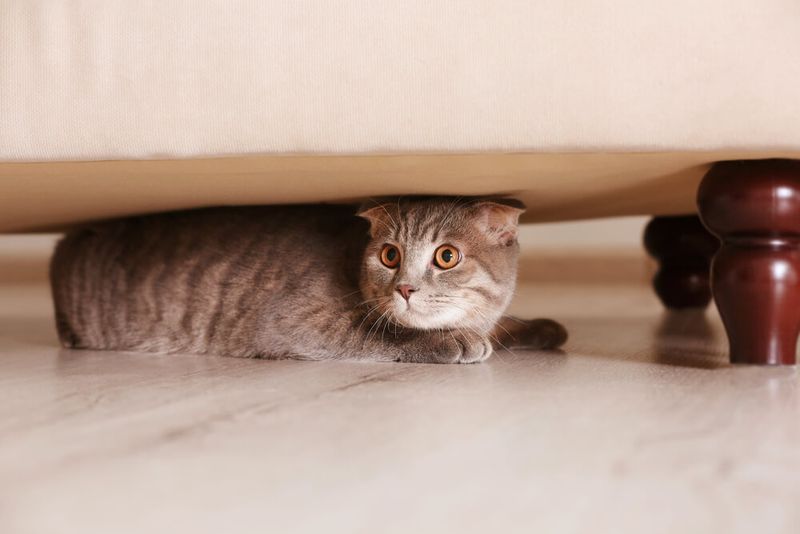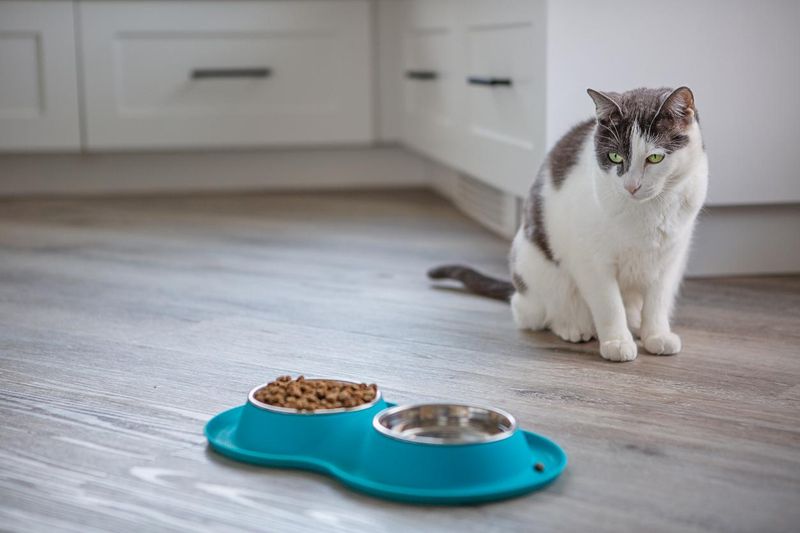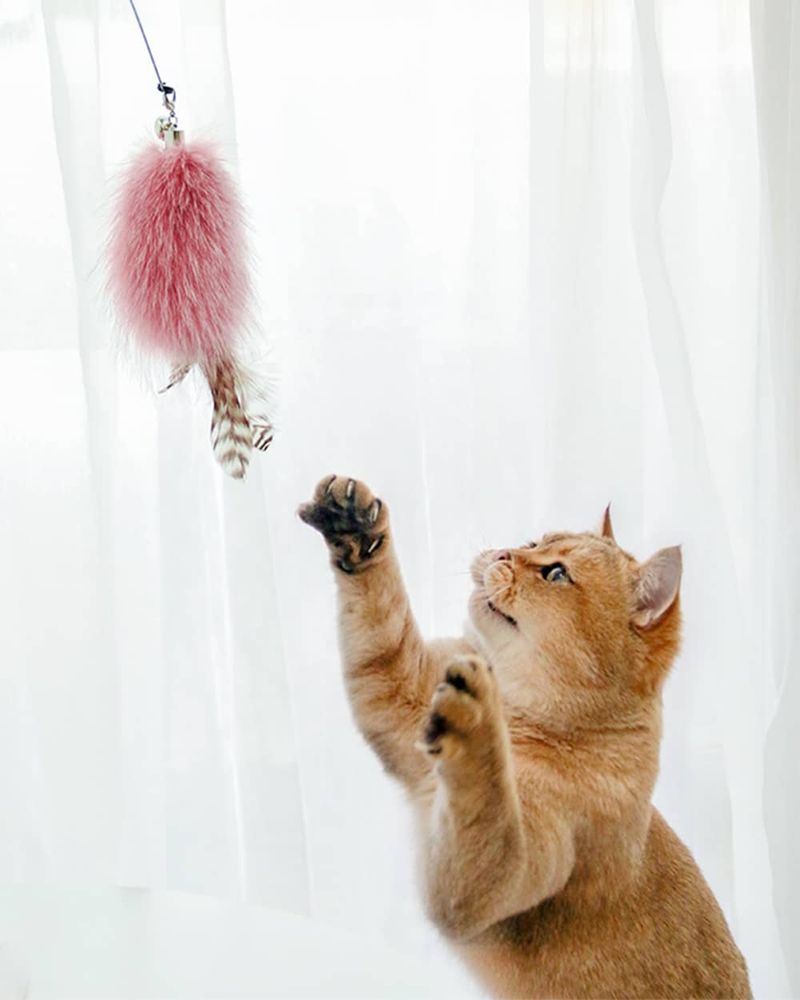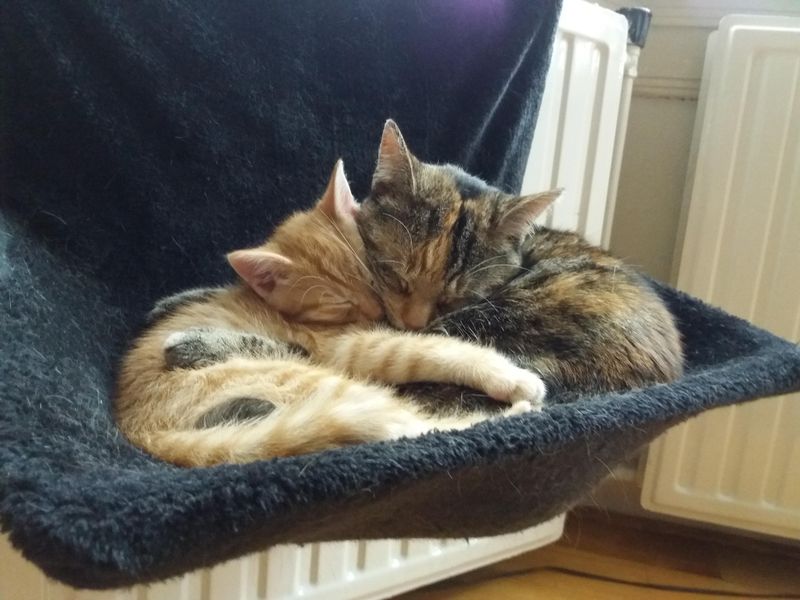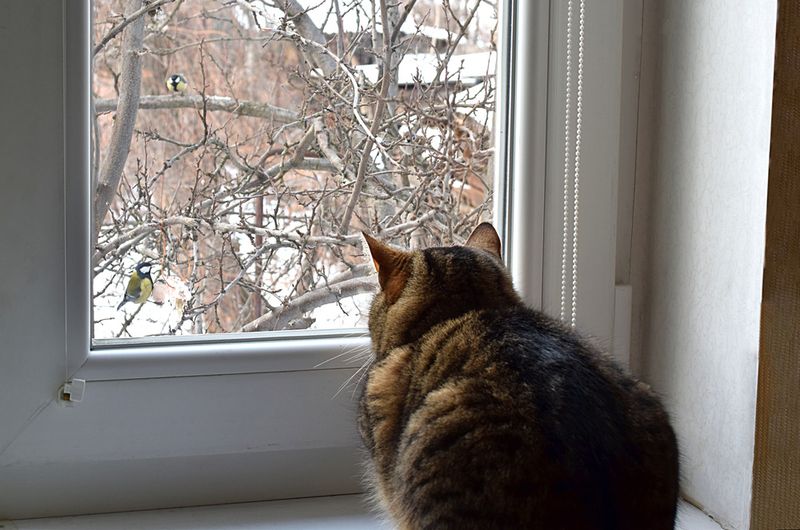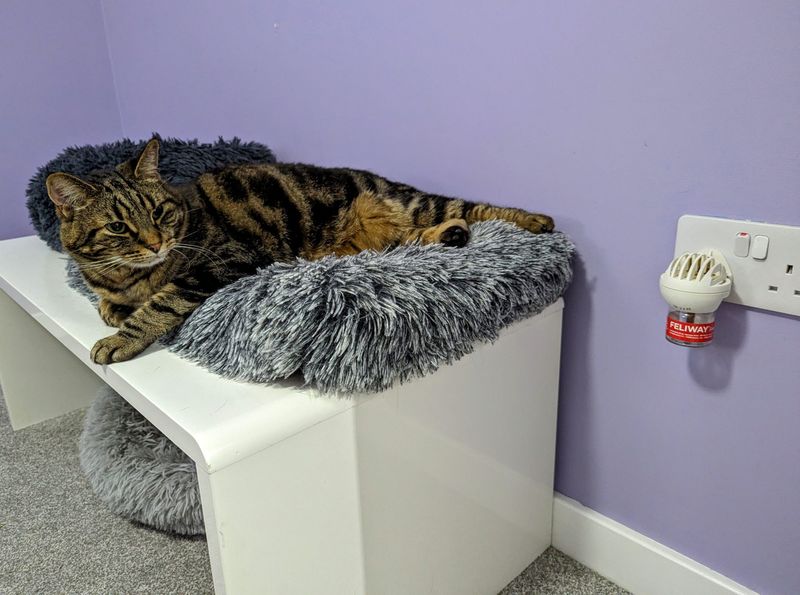📖 Table of Content:
Cats, while known for their independent nature, are not immune to feelings of loneliness. Despite their ability to entertain themselves, they still crave companionship and interaction. Recognizing when a cat is feeling isolated can help provide the support they need for a healthier, happier life.
Loneliness in cats can manifest in various ways, often in subtle behaviors that are easy to overlook. Understanding these signs is key to preventing emotional distress. Once the signs are identified, simple steps can be taken to address their needs and improve their well-being.
Building a stronger bond with a lonely cat requires attention to their behavior and offering comfort in ways that resonate with them. Providing enrichment and companionship can make all the difference in helping a cat feel more secure and loved. By noticing their cues and responding appropriately, a deeper connection can be formed, creating a more content and fulfilled feline companion.
1. Excessive Meowing
Have you noticed your cat meowing more than usual? This behavior is often a plea for attention. In a quiet room, a lonely cat may vocalize excessively, trying to communicate its need for companionship. Whether it’s a series of soft whimpers or loud, demanding yowls, each sound can tug at your heartstrings.
Cats have unique ways of expressing themselves, and when they feel isolated, they might become more vocal. Such persistent cries for attention can be a sign that your feline friend is yearning for interaction and play.
2. Increased Sleeping
While cats are notorious for their love of sleep, a lonely cat might sleep even more than usual. It’s not just about catching more z’s, but a sign of boredom and sadness. In the stillness of an afternoon, a cat may retreat to the comfort of slumber to escape loneliness.
The longer naps may seem peaceful,l but could indicate an emotional void. Often, these extended sleep sessions are less about rest and more about filling the void created by the absence of social engagement and stimulation.
3. Destructive Behavior
A lonely cat can become a whirlwind of chaos, resorting to destructive behavior to express its frustration. From knocking over objects to scratching furniture, these mischievous acts are cries for attention.
Imagine coming home to find shredded curtains and upturned plants. It’s a cat’s way of saying, “I need more engagement!” This behavior signifies not just naughtiness but a deeper need for mental and physical stimulation. Addressing this can turn chaos into harmony.
4. Hiding or Avoidance
When a cat starts to hide more frequently, it can be a subtle sign of loneliness. A once social kitty might retreat to secluded corners, avoiding interaction. This behavior can be their way of coping with feelings of neglect.
Peering out from beneath a sofa with wide eyes, a cat may seem like it’s playing hide and seek, but it’s often more than just a game. It’s an indication of its need for reassurance and companionship.
5. Loss of Appetite
A sudden loss of appetite can be alarming. For cats, this might signal loneliness or depression. Imagine a full bowl of their favorite food left untouched. It’s not just about being picky; it’s a sign that something is emotionally amiss.
When a cat turns away from its treats, it’s often expressing a deeper sense of disconnect. Understanding this behavior is crucial, as a healthy appetite is vital for their well-being. Ensuring emotional enrichment alongside nutritional care can rekindle their interest in meals.
6. Create Interactive Playtime
Revitalize your cat’s spirit with interactive playtime! Engaging your cat with toys that mimic prey can awaken its natural hunting instincts. In a room full of vibrant toys, watch your feline chase and pounce with joy.
Spending just a few minutes each day in active play can tremendously boost your cat’s mood. It’s a delightful way to bond and alleviate feelings of loneliness. Remember, a playful kitty is a happy kitty, ready to explore and enjoy its surroundings.
7. Adopt a Companion
Thinking of doubling the feline fun in your home? Adopting another cat can provide the company your lonely kitty craves. Picture two cats sharing a sunlit spot, with gentle purrs resonating in harmony.
Introducing a new friend can add vibrancy and reduce isolation. While the initial adjustment might take time, the bond they form can be heartwarming. It’s not just about filling space but enriching life with shared moments and mutual affection.
8. Establish a Routine
Cats thrive on routine, and establishing one can provide comfort and security. Creating a regular schedule for feeding, play, and cuddles helps your cat know what to expect each day.
Imagine your cat eagerly awaiting its play session every evening, its eyes bright with anticipation. A predictable routine can significantly reduce feelings of loneliness, as it reassures your feline friend that it’s cherished and cared for consistently.
9. Provide Window Views
Transform your home’s windows into a portal of excitement for your cat. Positioning a perch or bed near a window lets your feline watch the world go by—birds fluttering, leaves rustling, and passersby strolling.
This simple change can stimulate your cat’s senses, providing entertainment and alleviating loneliness. Watching the bustling activity outside offers mental engagement, turning idle hours into opportunities for exploration and joy.
10. Use Cat Pheromones
Cat pheromones can work wonders in easing loneliness-related stress. Diffusers that mimic natural comforting scents can create a serene environment. Picture your cat lounging, surrounded by an invisible aura of tranquility.
These pheromones are like a gentle hug, reassuring your feline friend that all is well. By using them, you can help reduce anxiety and create a calm atmosphere, making your cat feel more at home and less isolated.
